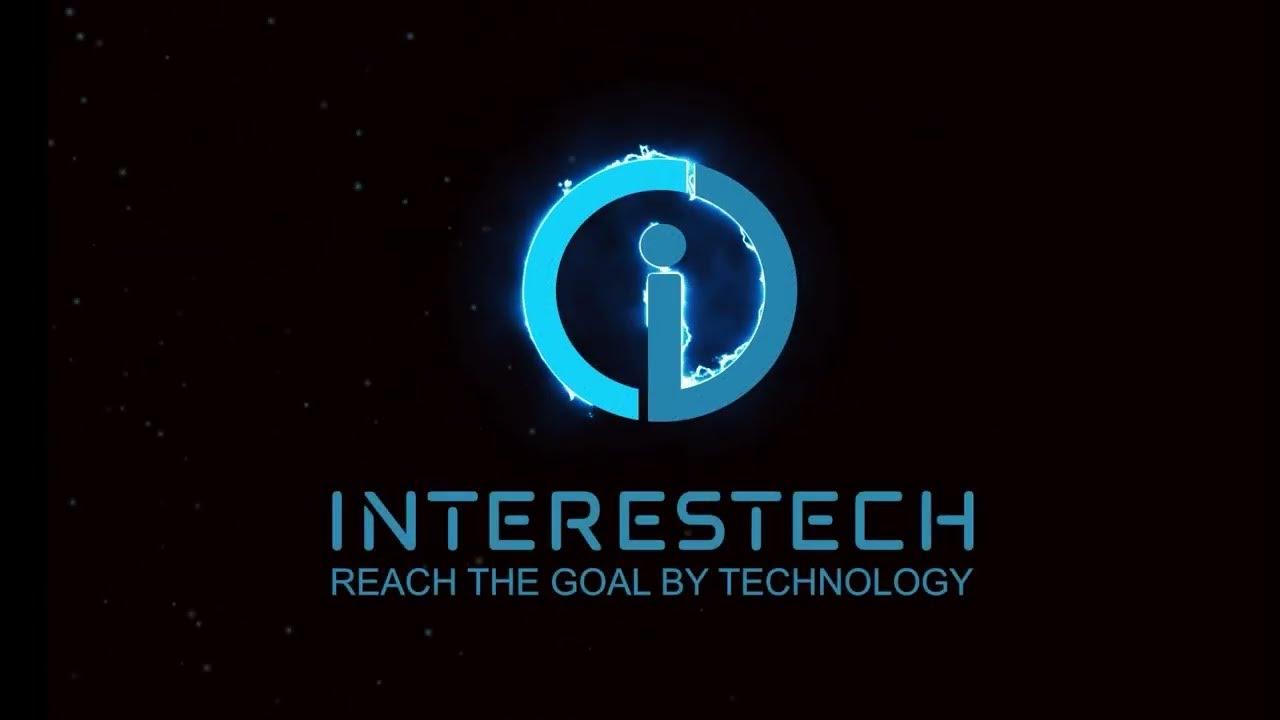DASAR-DASAR ELEKTRONIKA - BAB 2 PRAKARYA SMP/MTS KELAS IX SEMESTER 2
Summary
TLDRIn this video, the host, Ibu Lutfi Ayu Wahyuni, provides an insightful introduction to basic electronics, covering essential components like resistors, capacitors, inductors, diodes, and transistors. The tutorial explains their functions and symbols, offering a foundational understanding for electronics enthusiasts. The video also includes a hands-on project, demonstrating how to assemble an electrical socket circuit step by step. Viewers are guided through each phase, from preparing materials to wiring and testing the final setup. The engaging presentation is ideal for beginners looking to explore the world of electronics and practical circuit-building.
Takeaways
- 😀 Introduction to the Guprak channel and the importance of learning electronics.
- 😀 Electronics is the study of weak electrical currents, involving the control of electron flow in devices like computers and semiconductors.
- 😀 Basic electronic components include resistors, capacitors, inductors, diodes, and transistors, each with unique functions and symbols.
- 😀 Resistors limit current flow in a circuit, and their resistance is measured in ohms. Their value can be identified using color bands.
- 😀 Capacitors store and release electrical charges, with capacitance measured in farads, and are used in a variety of applications.
- 😀 Inductors store energy in magnetic fields and are characterized by factors such as wire length, coil diameter, and material.
- 😀 Diodes allow current to flow in one direction, preventing reverse current, and are used for controlling current flow in circuits.
- 😀 Transistors are crucial components used for amplifying current, functioning as switches, and stabilizing voltage in electronic systems.
- 😀 Instructions for making a simple electrical circuit with components such as a plug, cable, terminal, and cardboard.
- 😀 Step-by-step guide on assembling a socket with terminals, wiring, and connecting switches for controlling different lamps in various rooms.
Q & A
What is the primary focus of electronics as described in the video?
-The video explains that electronics is the study of electrical devices with weak currents, which are operated by controlling the flow of electrons or charged particles within a device, such as computers and electronic equipment.
Why is it important to understand basic electronic components?
-Understanding basic electronic components is crucial because it makes learning electronics easier and helps in building electronic systems that can be implemented in everyday life.
What are the five basic components of electronics mentioned in the video?
-The five basic components are resistor, capacitor, inductor, diode, and transistor.
What is the function of a resistor in an electronic circuit?
-A resistor functions to limit the flow of electric current in a circuit. Its resistance is measured in Ohms, and it hinders the current flow to a specified level.
How does a capacitor work and what is its unit of measurement?
-A capacitor stores and releases electric charge. Its ability to store charge is measured in Farads, which reflects its capacitance.
What is the role of an inductor in an electronic circuit?
-An inductor stores energy in a magnetic field when current flows through it and is used in inductive loads. Its inductance is influenced by its length, diameter, number of coils, and the material surrounding it.
What does a diode do in an electronic circuit?
-A diode allows electric current to flow in only one direction, acting as a one-way switch. It also can be used to control the current flow in circuits.
Why is the transistor an essential component in modern electronics?
-Transistors are critical because they can amplify current, serve as a switch, stabilize voltage, modulate signals, and rectify current, making them essential for modern electronic devices.
What is the function of a transistor's three legs (base, collector, emitter)?
-The base controls the flow of current between the collector and emitter. The emitter and collector are involved in carrying current, and a bias voltage is required to activate the transistor.
What is the first step in making the electrical socket circuit described in the video?
-The first step is preparing a used cardboard, cutting it into a rectangle of approximately 35 cm by 50 cm, and using insulation tape to divide it into sections for the circuit setup.
Outlines

This section is available to paid users only. Please upgrade to access this part.
Upgrade NowMindmap

This section is available to paid users only. Please upgrade to access this part.
Upgrade NowKeywords

This section is available to paid users only. Please upgrade to access this part.
Upgrade NowHighlights

This section is available to paid users only. Please upgrade to access this part.
Upgrade NowTranscripts

This section is available to paid users only. Please upgrade to access this part.
Upgrade NowBrowse More Related Video

Electronic Components Guide

07 - SCHEMATIC DIAGRAMS, BASIC ELECTRONICS COMPONENTS, AND FUNDAMENTAL UNITS

#2 Komponen dan Alat Pendukung IoT 1 (Komponen Dasar Elektronika, Sensor dan Aktuator)

Essential Electronics Components that you will need for creating projects!

10 Basic Electronics Components and their functions @TheElectricalGuy

Tugas 1, kapasitor sebagai penyimpan muatan listrik
5.0 / 5 (0 votes)